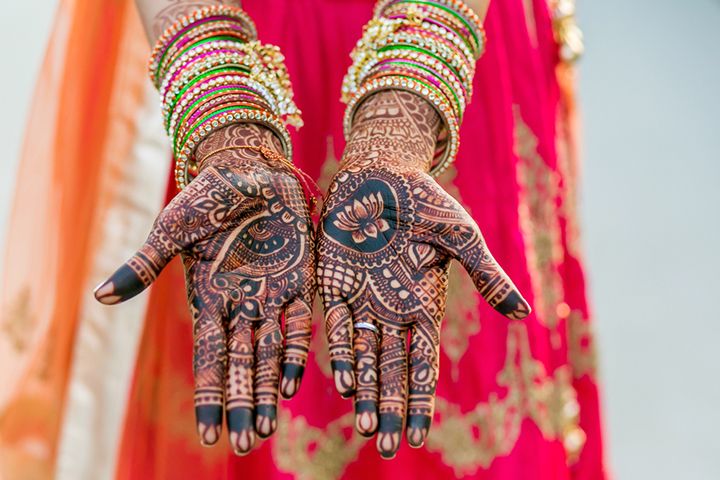India is a mix of religions and cultures. We love that we experience so many different types of food, clothing, and rituals. From praying to different Gods, or even unique ways of getting married, we have diversity in everything. There are certain traditions we’ve been following since we were kids. A lot of us have questioned these while growing up, and some of us have just followed them faithfully without any questions. Today, we’re got a list of Indian rituals that have scientific reasons behind them. Let’s get right to it.
1. Applying Tilak On The Forehead
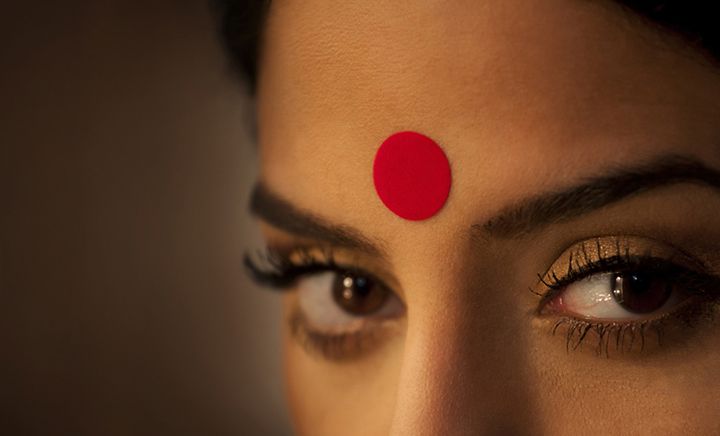
The tradition of applying a tilak on the forehead during a pooja is a famous one. This is because the point between both the eyebrows is considered the point of focus and concentration. This point is activated once the tilak is applied.
2. Applying Henna Before The Wedding
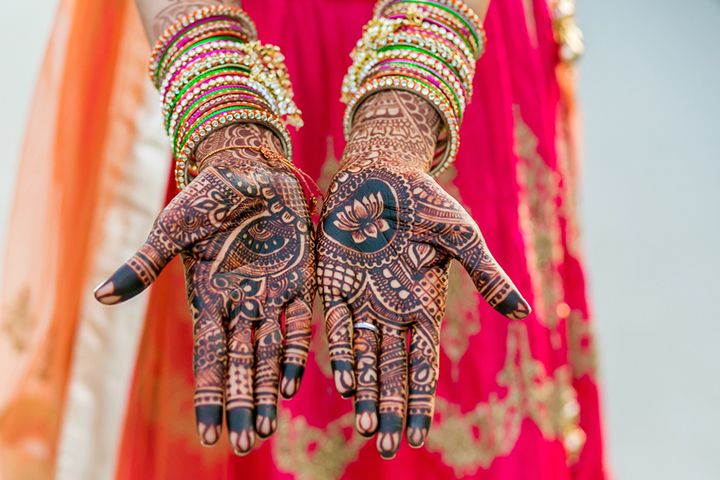
Weddings are stressful for the bride. In fact, both the bride and groom go through tons of different emotions. They are excited, nervous and stressed. Apart from the aesthetic value of mehendi, it also works as a medicinal herb. Once applied, henna helps calm the nerves and keep the body cool.
3. Joining Our Hands While Greeting Someone

When we greet someone in India, we join our hands and say Namaste to express respect to the other person. The scientific reason behind doing this is, when we press our hands together, it is said to activate the pressure points in the tips of all our fingers. This helps us remember that person for a long time.
4. Fasting

Many sub-religions in India follow the tradition of fasting. While it is said that we fast to pay our respects, it also has a legitimate reason for doing so. By fasting, the body gets the opportunity to cleanse itself from all the toxins it has been storing for a while.
5. Touching The Feet Of The Elderly
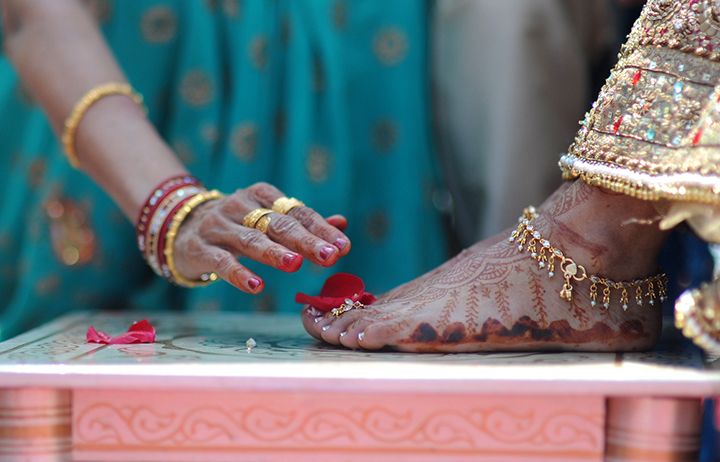
When we meet our elders, we touch their feet as a form of respect, and also to receive their blessings. The scientific reason behind this is, when you touch the feet of the elderly, they send positive energy, which is transmitted through their hands and toes. So, this increases cosmic energy, creating a connect between the two people.
6. Applying Sindoor On A Married Woman’s Forehead
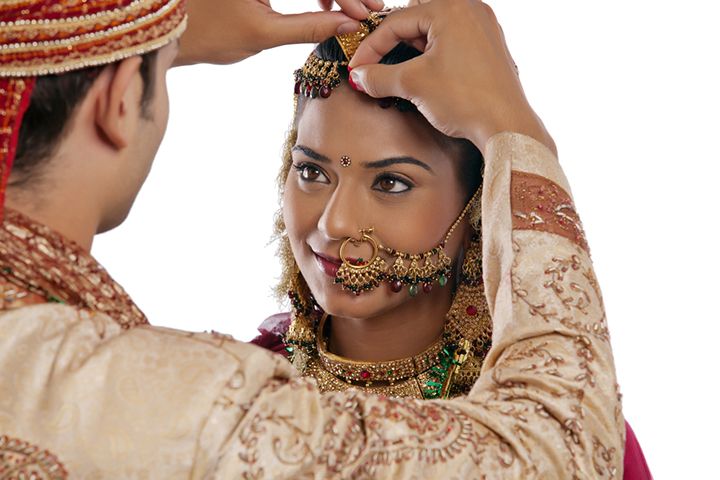
While it is considered a tradition for the husband to apply sindoor on his wife’s forehead, there is an actual scientific reason for it. Sindoor is a mixture of turmeric, lime and the metal mercury that is applied on the top center of the forehead. The mercury in sindoor activates a woman’s sexual drive. Which is why widows are forbidden from applying it.
7. Avoiding Meat On Particular Days
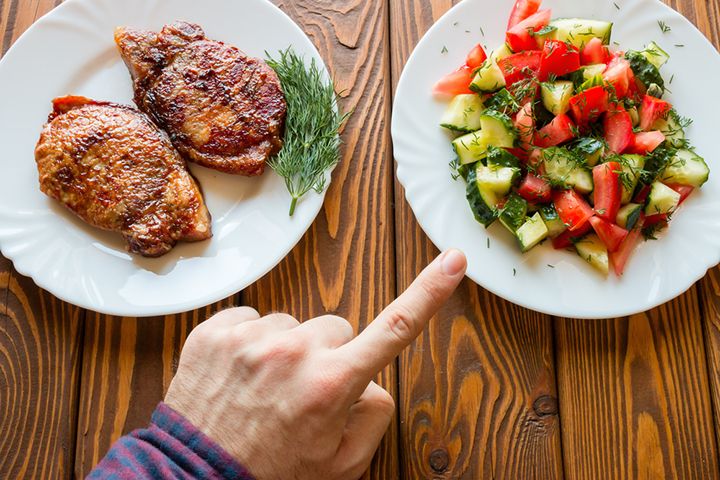
There are many people who don’t consume meat on particular days that are dedicated to different Gods. While this is to pay them respect, it also has a scientific explanation. Eating a lot of meat is not good for the body. Excessive meat could cause multiple health problems like inflammation, cancer, heart diseases, and could also lead to diabetes.
So did we clarify a whole bunch of rituals for you? The next time you perform these traditions, you will know why they came about in the first place.
Don’t forget to follow us at @missmalinilifestyle to never miss a beat!

